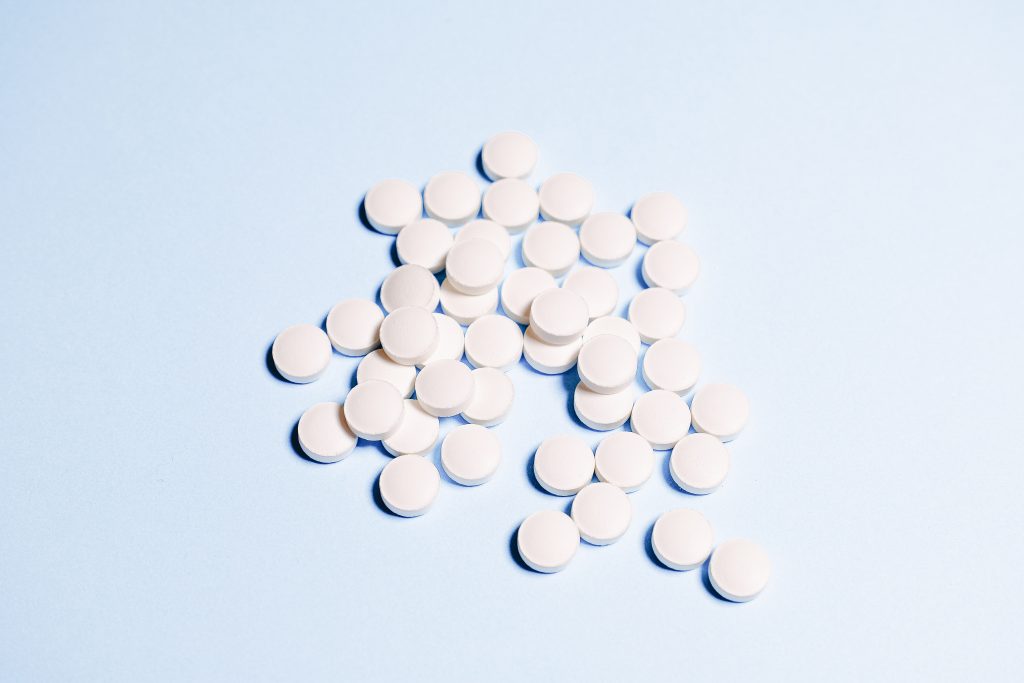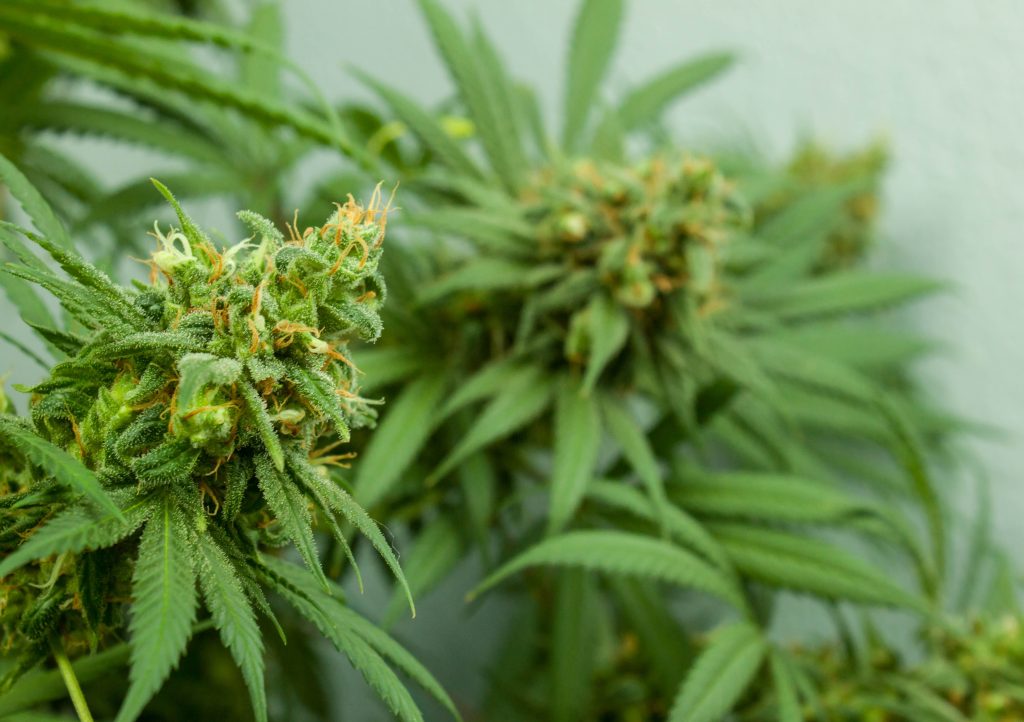Why Medical Marijuana is a Better Option than Opioids

Medical marijuana has been a topic of controversy for many years, with some advocating for its use as a safe and effective alternative to traditional pain management methods, while others remain skeptical about its safety and efficacy. Despite the ongoing debate, a growing body of scientific evidence suggests that medical marijuana may be a safer and more effective option than opioids for managing chronic pain.

Opioids Are A Problem
Opioids, such as oxycodone, Opana ER, Oxycontin, and fentanyl, are highly addictive and have been associated with a number of serious side effects, including overdose and death. In recent years, the opioid epidemic has become a major public health crisis, with tens of thousands of people dying each year from opioid overdoses. Overdoses kill more young Americans than any other cause.

Medical Marijuana: A Safer Alternative
On the other hand, medical marijuana has been shown to be a safe and effective alternative to opioids for managing chronic pain. A study published in the Journal of the American Medical Association found that states with legal medical marijuana programs saw a significant decrease in opioid-related deaths.
Another study published in the same journal found that patients who used medical marijuana to manage their chronic pain reported significant reductions in pain and improved quality of life compared to those who continued to use opioids. The safety profile of marijuana, while not perfect, is far better than that of narcotics.
In addition to its potential as a pain management option, medical marijuana has been shown to have a number of other therapeutic benefits. For example, it has been used to treat symptoms of anxiety, depression, and post-traumatic stress disorder (PTSD). It has also been used to treat the symptoms of multiple sclerosis, epilepsy, and Crohn’s disease. When taken appropriately, marijuana seems particularly effective against neuropathic pains.
It is important to note that not all forms of medical marijuana are equal in terms of their therapeutic benefits. Some strains of marijuana are higher in tetrahydrocannabinol (THC), which is the component that is responsible for the “high” associated with recreational marijuana use. On the other hand, other strains are higher in cannabidiol (CBD), which is non-psychoactive and has been shown to have a number of therapeutic benefits. It is impossible to quantify the levels of other phytochemicals in these products as these are usually considered trade secrets.

Medical Marijuana Alternatives
If you do not wish to take medical marijuana, or live in a state where it is not available, there are a few Well Theory products that could help with chronic pain:
While more research is needed to fully understand the therapeutic benefits of medical marijuana, it is clear that it holds great promise as a safe and effective option for pain management. If you are considering using medical marijuana for pain management, it is important to talk to your doctor to determine if it is right for you.





